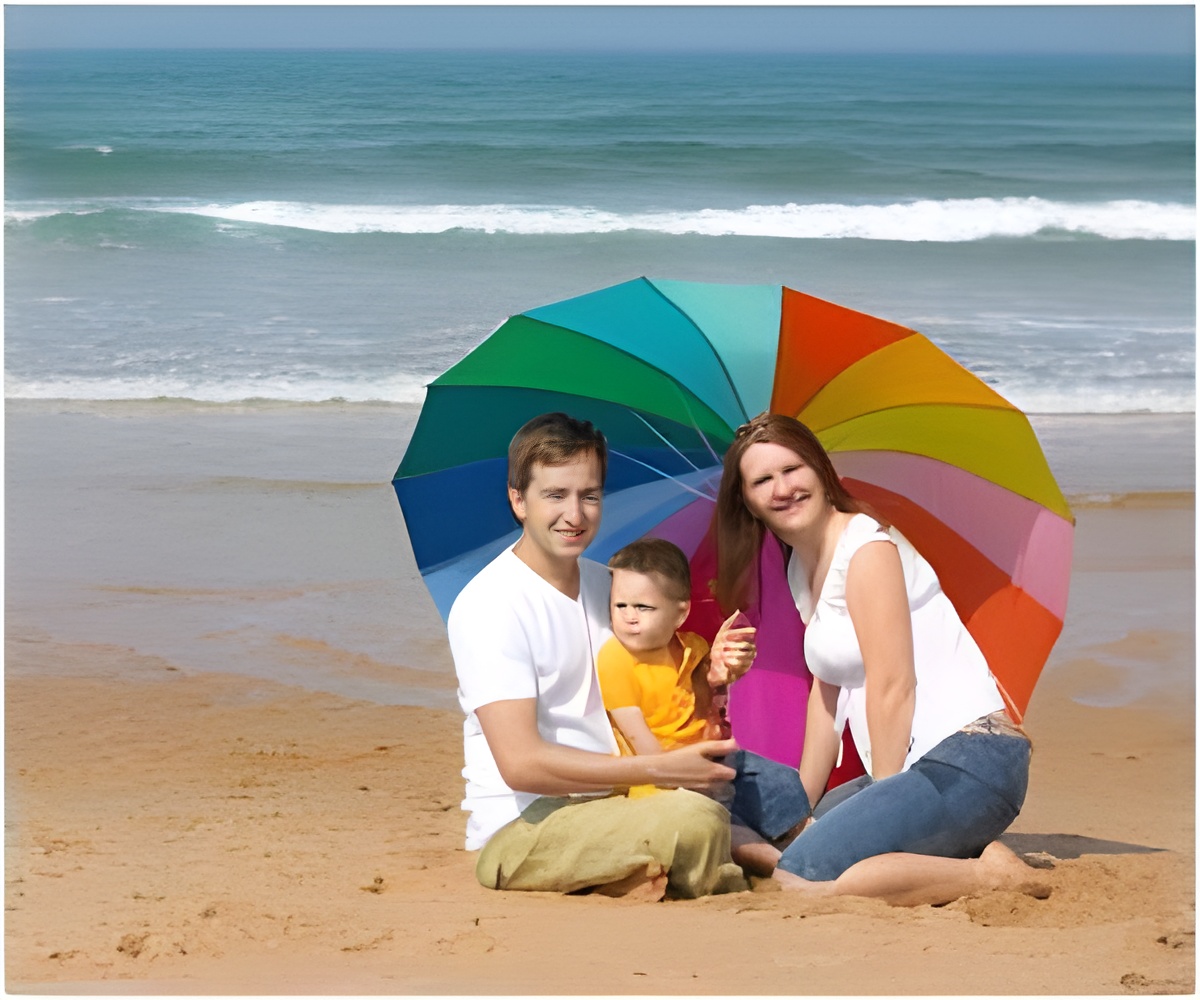
In 2009 men in the European Union (EU27) could expect 61.3 Healthy Life Years (HLY), representing almost 80% of their life expectancy (LE) at birth of 76.7 years. Women could expect 62 HLY, 75% of their life expectancy (LE) at birth of 82.6 years in 2009.
2010 values for men
In 2010, Sweden has the longest life expectancy at birth (79.6 years) for men in the European Union and Lithuania the shortest (68 years), a gap of almost 12 years. Swedish men also have the most Healthy Life Years (71.7 years) with men in the Slovak Republic having the least (52.3 years), a gap of almost 20 Healthy Life Years. And again Sweden has the highest proportion of years lived without disability (HLY/ LE) in 2010 with 90% of life expectancy without limitations in usual activities. Men in the Slovak Republic on the other hand spend the lowest proportion without disability (73%), a difference of 17 percentage points. This suggests that for men the longer the life expectancy the greater the proportion lived without disability.
In this short period 2008-2010 and despite its low life expectancy and HLY for men, Lithuania experienced the largest gain in HLY, almost three years, whilst the Netherlands saw the largest decline (a loss of 1.3 years). So there is also a tendency for health expectancies in Europe to converge since the gap between Lithuania and the Netherlands fell by more than four HLY in just 3 years. See attached tables for all figures 2008-20010 by Member State.
Better health outcomes for women
Advertisement
Advertisement










